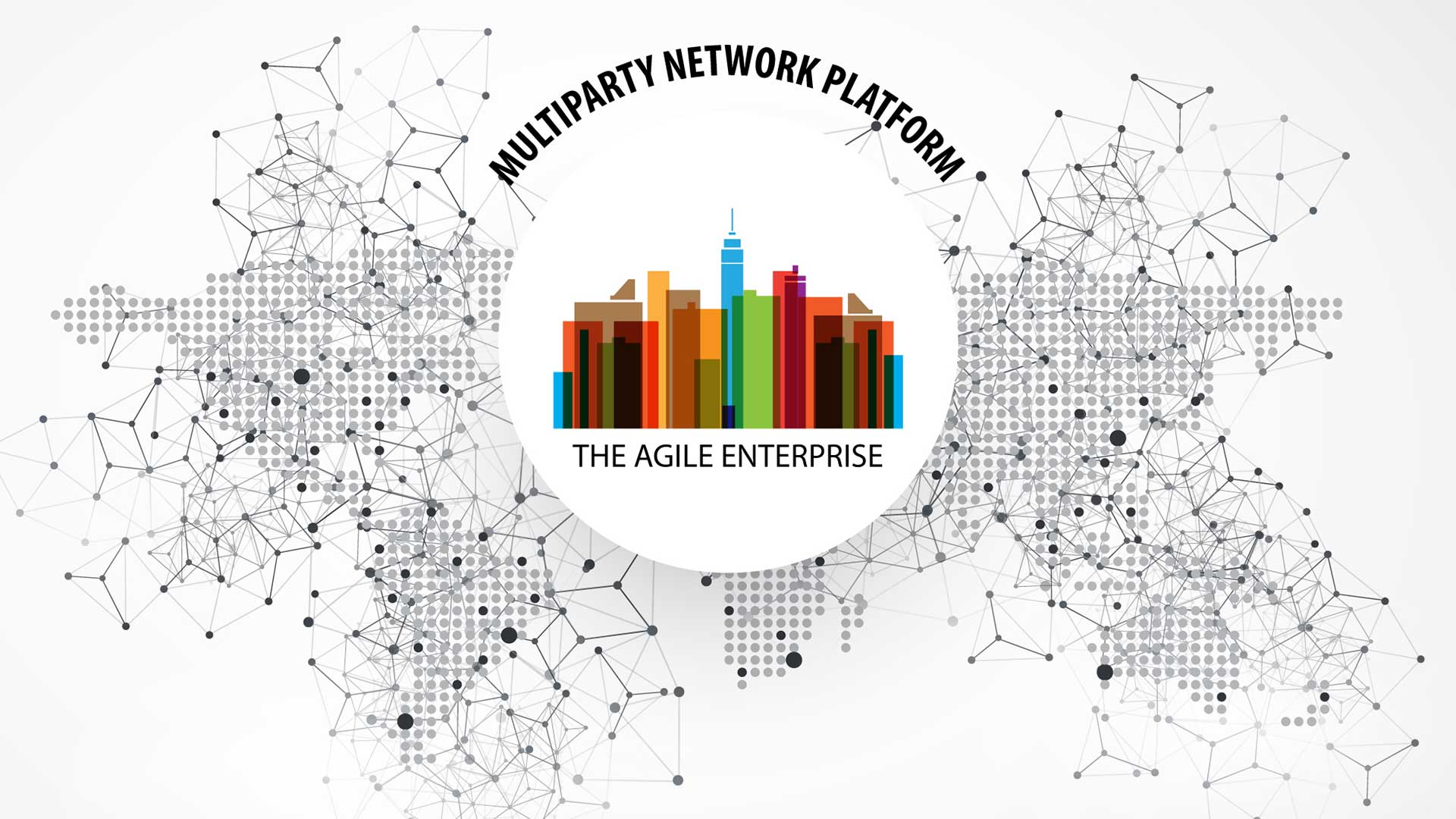This post has already been read 12060 times!
Certainly there are many aspects to successful business transformation, but in today’s fast-paced world, technology is key enabler of success.
In recent years, new hyper-agile and efficient companies like Alibaba, Amazon, AirBnB and Uber have sprung up, with new business models powered by artificial intelligence and matching supply to demand in real time. This has shaken well-established companies from retail to hospitality and transportation.
The rapid emergence of new technologies such as artificial intelligence, IoT and blockchain, is creating new startups, new opportunities and new threats to the existing order. #IoT #AI #Blockchain Share on XCompanies in industrial sectors are now facing the same threat as their consumer-facing counterparts, as new and old companies adopt new technologies like IoT, machine learning and blockchain, to enable smarter and frictionless trade.
At the core of many of these new business models is some form of multiparty platform. It is the enabler of these super successful companies’ customer-oriented performance, and it supports the ecosystem of partners with new capabilities enabling connectivity, intelligence, collaboration and agility.
What exactly does a “multiparty network platform” mean. Let’s break it down a bit. It is:
- A platform – an open environment and set of tools for adapting, extending, and building apps.
- A network – a unified and interconnected systems, services and people.
- Multiparty – it includes all parties as equals, there’s no privileged status or client-server, hub-spoke, no form of inherent subordination of some of the parties to others.
The easiest way to understand what a multiparty network is, is to consider a social network like LinkedIn. This is a platform that you join, enter your information, and then through a series of requests and confirmations you can be connected with anyone else on the platform.
Now suppose you have a network of 1000 people. You can instantly update them all with a post on your profile. If your email address changes, there’s no need for you to contact each and for each of them to manually update your address in a separate address book. Everybody’s information is stored once and shared with all (assuming they have permission to view it). If you change your email address, it is updated for your connections simultaneously.
The Network Advantage
This single representation with multiple views is far simpler, much quicker and less prone to error than manually maintaining separate data silos. We say that participants on the network enjoy “a single version of the truth.” Data on the network is represented once, and trading partners have immediate access to that single source of authoritative data.
This eliminates data conflicts, delays in information transfer, and minimizes uncertainty.
In a business context this has huge advantages.
Intelligent decision-making, from planning through to execution, whether human or artificial, depends on the wide availability of current and accurate data. Yet this is a major challenge for most companies that rely on traditional enterprise systems.
Global companies often have hundreds of systems and thousands of trading partners. It’s virtually impossible to connect all parties and keep them synchronized. Thus compromises are made, only select trading partners are connected, and data is synchronized periodically. Thus, the resulting conglomeration of systems is infused with conflicting data, stale data, and absent data.
This is hardly a foundation for building an agile and efficient enterprise or community of trading partners.
Hub and spoke models represent an improvement but they privilege one party at the expense of the others, and “spokes” must typically serve other hubs or customers too, meaning they have to join separate hub-and-spoke systems.
The power of a multiparty network platform is that it provides a single network for all parties, on which to transact, trade, and build new relationships and business models.
At a more technical level, the platform is developed to be multiparty from its core. The one-network-for-all model is very different to the old rigidly connected enterprise systems, roles and apps. It changes how businesses can work together for common objectives.
In his article What Constitutes a True Network, Ranjit Notani explains the depth of the transformation.
“Digitally transforming the supply chain into a consumer-driven, community-based network allows parties to collaborate on the same shared objects using shared applications… These networks enable game-changing multi-party or multi-company applications by enabling all-parties to better manage capacity and keep their focus on the end-goal of customer satisfaction.”
Most of the new companies that are taking the business world by storm, from AirBnB to Uber, are using some form of multiparty network model. It’s almost impossible to compete with them with the old model. It’s only a matter of time before these types of networks invade every sector.
Read: How Multiparty Platform Speeds Digital Transformation and Optimizes IT Investments
- How to Avoid a Technology Horror Story - October 31, 2024
- How Chain of Custody Strengthens the Supply Chain - October 11, 2022
- Inside Next Generation Supply Chains - November 8, 2021

One comment
Comments are closed.